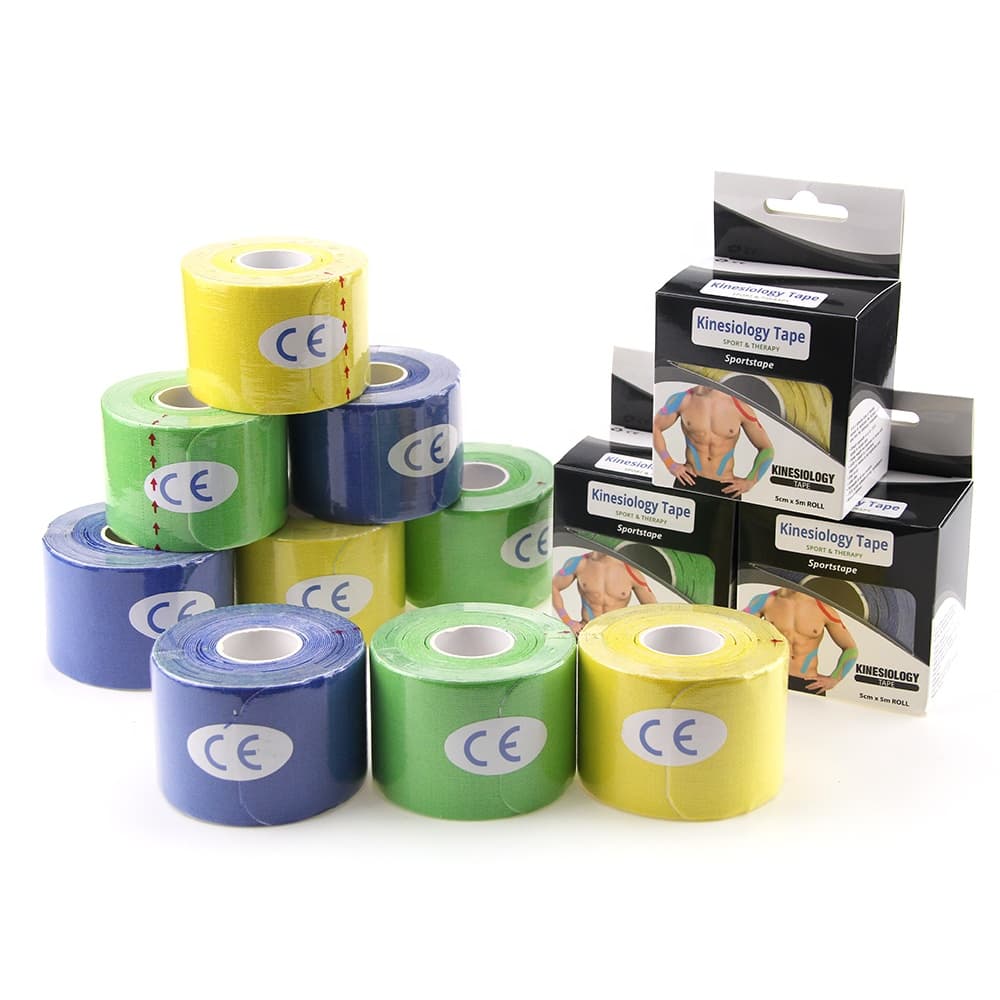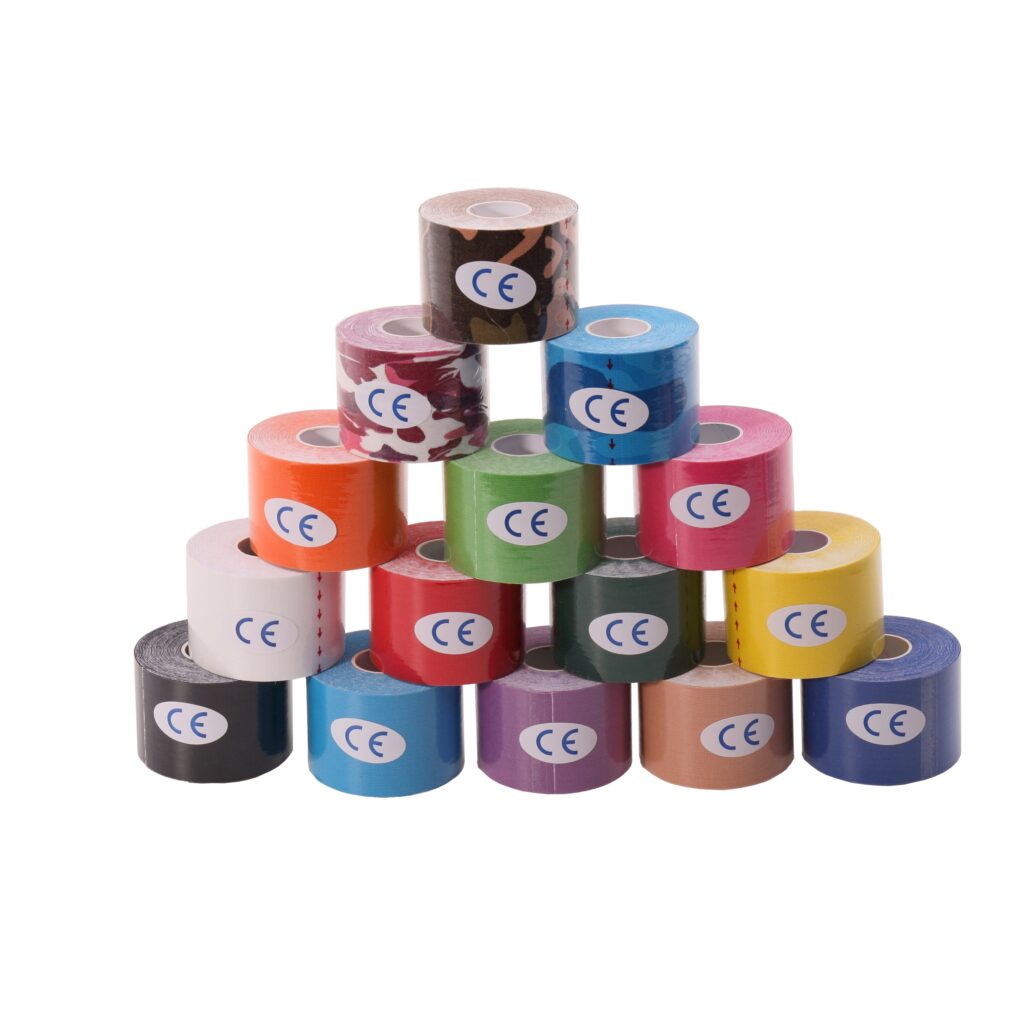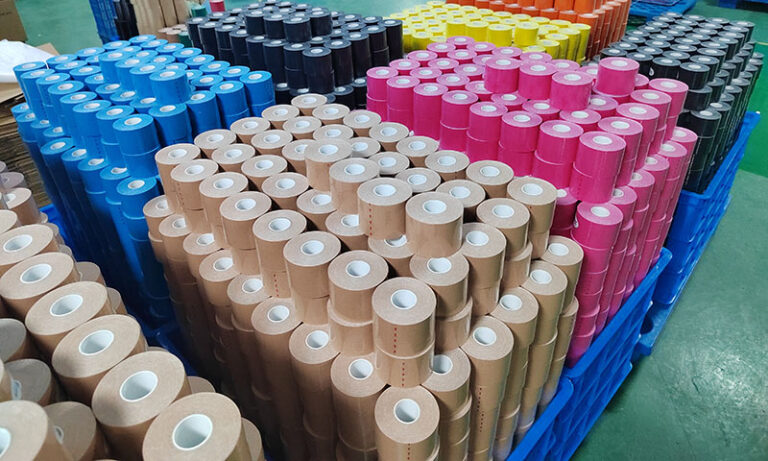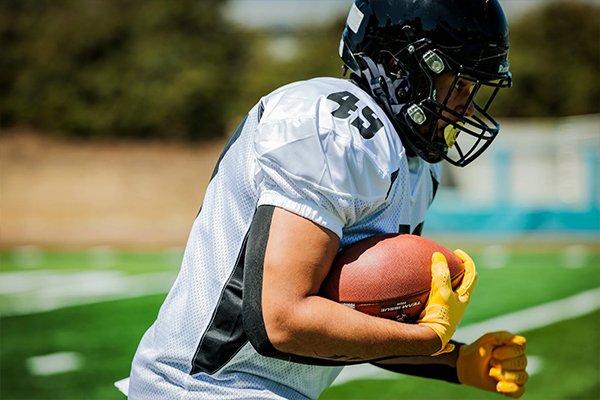Bevor Sie lernen, Kinesiologisches Tape für Schienbeinkantensyndrom, wir sollten jetzt verstehen, was ein Schienbeinkantensyndrom ist und wo im Körper es auftritt. Schienbeinkantensyndrom wird auch als mediales Tibiakantensyndrom bezeichnet und wird durch eine Entzündung des Gewebes in diesem Bereich verursacht, die Schmerzen am medialen Rand des Schienbeins verursacht. Normalerweise befindet sich dieser zwischen der Mitte der Wade und dem Knöchel. Der Schmerz kann dumpf oder stechend sein und wird normalerweise durch hochintensive Bewegungen verursacht, die das Schienbein überlasten. Normalerweise verschwindet er durch Ruhe. Komplikationen können Ermüdungsbrüche sein.
Schienbeinkantensyndrom wird normalerweise durch übermäßige körperliche Aktivität verursacht. Sie sollten also jetzt wissen, was ein Schienbeinkantensyndrom ist. Zu diesem Zeitpunkt benötigen Sie Kinesiologie-Tape für Schienbeinkantensyndrom, um dieses Problem zu lösen. Das Kinesiologie-Tape für Schienbeinkantensyndrom soll Funktionen schützen und unterstützen, Schmerzen und Müdigkeit lindern, Sportverletzungen durch übermäßige Muskelkontraktion verhindern, den Abstand zwischen Haut und Muskeln vergrößern, die Flussrate von Blut, Lymphe und anderen Körperflüssigkeiten erhöhen, den Stoffwechsel des Unterhautgewebes ankurbeln usw. Hier stelle ich eine großartige Möglichkeit vor, Schienbeinkantensyndrom aufzukleben.

1. Bereiten Sie drei Muskelaufkleber vor, wie in der Abbildung unten gezeigt, und schneiden Sie sie auf die Länge Ihrer Schienbeinkante zu.
2. Um besser auf die Haut zu passen, wird empfohlen, die Wade trocken zu halten. Die rechtwinkligen Kanten des Kinesiologie-Tapes für Schienbeinkantensyndrom müssen außerdem in abgerundete Ecken geschnitten werden, um ein versehentliches Abreiben zu vermeiden. Weitere Einzelheiten finden Sie in der Videoeinführung unten.

Hilft Kinesiologie-Tape gegen Schienbeinkantensyndrom?
Bei einem Schienbeinkantensyndrom ist das Bandagieren der Wade zwar hilfreich, da sich das Schienbeinkantensyndrom im Bereich der Wade befindet, dennoch muss auf die Methode geachtet werden. Nur der richtige Sitz im Bereich des Schienbeinkantensyndroms kann Schmerzen lindern und die Genesung fördern.

Wie heilt man Schienbeinkantensyndrom schnell?
Wenn Sie den Schienbeinkantensyndrom schnell heilen möchten, können Sie dies nur Schritt für Schritt tun. Sie können Kinesiologie-Tape für Schienbeinkantensyndrom als Hilfsfunktion verwenden, das Schmerzen lindern, das Bein stützen und eine sehr gute Rolle bei der Erholung des Rückens spielen kann. Wenn Sie Sportler sind und täglich trainieren, sollten Sie mehr auf Ihre Laufhaltung achten.
Zur richtigen Haltung gehört, dass Sie mit angehobenen Zehen beginnen, das Fußgewölbe nach oben rollen (Pronation genannt) und den Boden so weit wie möglich mit der Außenseite des Fußes berühren. Rollen Sie den Fuß sanft nach innen (Eversion genannt) und heben Sie die Ferse an. Idealerweise sollten Sie Ihre Fersen gleichmäßig anheben und nicht zu stark auf eine Seite drücken, damit Sie die Schwere der Erkrankung minimieren und eine langsame Genesung ermöglichen können.
Wenn Sie ein normaler Mensch sind, müssen Sie nicht jeden Tag zum Training laufen. Hier empfehle ich Ihnen, zunächst eine Pause einzulegen. Wenn Sie sich ausreichend ausruhen und eine kurze Laufpause einlegen, verschwinden Ihre Schienbeinschmerzen. Dies ist jedoch nicht immer der Fall – die Symptome eines Schienbeinkantensyndroms treten häufig wieder auf, wenn die Körperform einer Person nicht behandelt wird.
Um Schienbeinkantensyndrom zu behandeln, können Sie Cross-Training nutzen, also jede Woche verschiedene Übungen machen, anstatt ständig zu laufen. In Kombination mit einem Kinesiologie-Tape für Schienbeinkantensyndrom unterstützt dies den Rest Ihres Körpers beim Laufen, um Kraft aufzubauen und Druck von Ihren Schienbeinen und Fersen zu nehmen.
Versuchen Sie ein paar Mal pro Woche Krafttraining, um die Muskeln in Ihrem Ober- und Unterkörper (einschließlich Gesäßmuskeln und Oberschenkeln) zu trainieren, ohne Ihre Waden zu belasten. Schwimmen, Yoga, TRX, Radfahren oder einfach nur Spazierengehen sind ebenfalls tolle Möglichkeiten, die Woche auszuruhen.
Stellen Sie sicher, dass Sie sich vor, nach und zwischen den Trainingseinheiten richtig dehnen. Um Ihre Wadenmuskulatur im Rahmen Ihrer Schienbeinkantensyndrom-Behandlung zu dehnen und zu stärken, versuchen Sie, Ihre Zehen immer wieder anzuheben und Ihre Fersen langsam auf den Boden abzusenken.
Sie können auf dem Boden knien, Ihre Beine und Füße zusammenbringen, die Zehen nach hinten strecken und Ihre Achillesferse sanft strecken. Setzen Sie sich mindestens 12–15 Sekunden lang sanft auf Ihre Waden und Fersen, um Ihre Wadenmuskulatur zu dehnen.
Die Kombination aus Ruhe, angemessener körperlicher Bewegung und der Unterstützung durch Kinesiologie-Tape bei Schienbeinkantensyndrom wird Ihre Genesung beschleunigen.
Klicken Sie hier, um mehr zu erfahren über Wie benutzt man Kinesiologisches Tape?Wenn Sie lernen möchten So verwenden Sie Kinesiologie-Tape bei Schienbeinkantensyndrom, klicken Sie auf den Link.
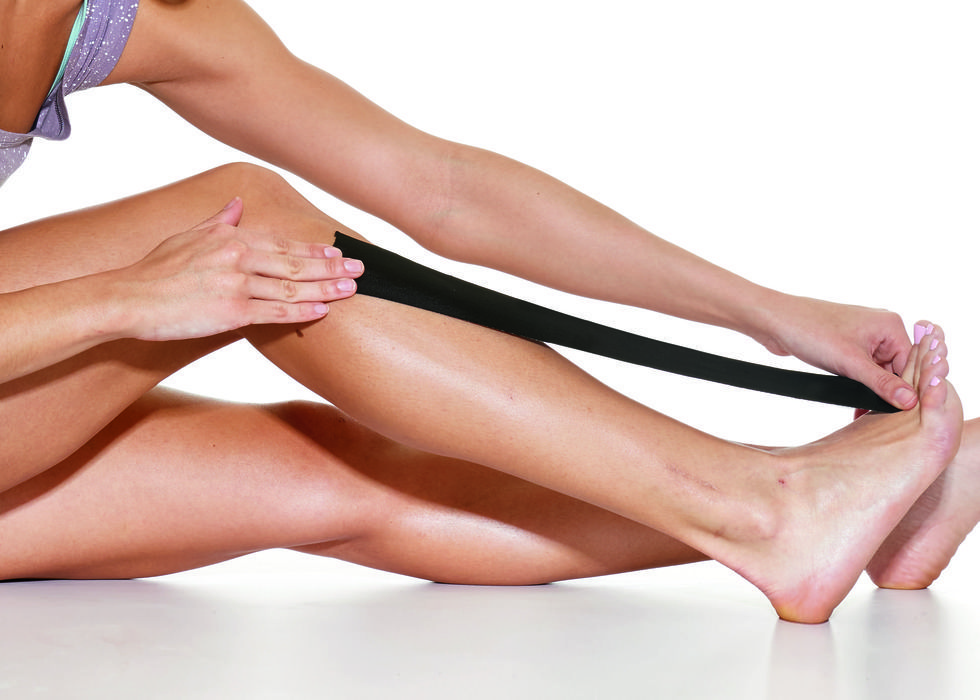
Wo bekommt man Kinesiologie-Tape?
Es gibt viele Möglichkeiten, Bänder zu kaufen. Sie können sie in Offline-Geschäften oder auf Ihrem Mobiltelefon ansehen und kaufen. Aber wenn Sie diese Frage stellen, haben wir hier eine gute Empfehlung für Kinesiologie-Tape gegen Schienbeinkantensyndrom für Sie. Sie werden auf jeden Fall wissen wollen, welche Kinesiologie-Tapes für Schienbeinkantensyndrom sind gut und welche schlecht sind, wenn man sie kauft. Die Qualität vieler Tape-Marken kann man nicht einfach so beurteilen.
Ich empfehle nur ein Kinesiologie-Tape für Schienbeinkantensyndrom. Es wird von der Hersteller von kinesiologischen Tapes. Es gibt auch einen Grund, Ihnen dieses zu empfehlen. Denn die Aupcon-Fabrik besteht seit mehr als zehn Jahren und verfügt über viel Erfahrung in der Herstellung von Kinesiologie-Tape. Die Produktqualität ist gut. Keine Sorge, es wird auch in viele Länder exportiert und hat auch einen sehr guten Ruf.
Der Kauf lohnt sich deshalb, weil aupcon auch Großmengenlieferungen unterstützt und Ihnen maßgeschneiderte Verpackungen zur Auswahl stehen. Es gibt auch mehrere Logistikmethoden und sie werden so schnell wie möglich geliefert. Und bieten auch einen Musterservice an. In diesem Bereich respektieren wir die reale Erfahrung der Kunden. Nur wenn Sie das Gefühl haben, können Sie es mit Vertrauen kaufen. Sie können also diese Marke von Kinesiologie-Tapes für Schienbeinkantensyndroms ausprobieren, die sehr einfach zu verwenden sind.

